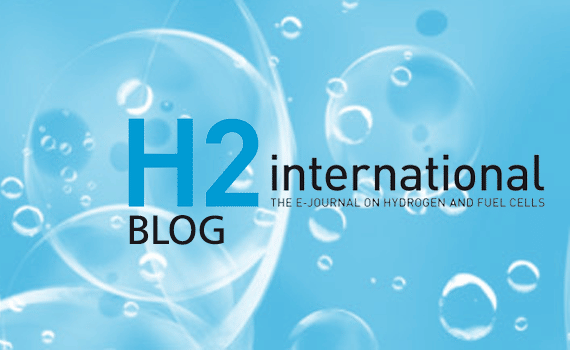A strong transport network is a prerequisite for a future H2 economy. “Only so can the hydrogen quantities be transported that our industry requires,” also knows Prof. Jörg Steinbach, the economy minister for the German state of Brandenburg. He presented a feasibility study in February 2023 containing concrete routing networks to be established for various time periods. “The identified possibilities for drawing on existing natural gas infrastructure and bundling lines (to also transport hydrogen) indicate that we can save about 55 percent of the investment costs needed to build a completely new pipe network,” according to Steinbach.
As part of the study conducted on behalf of the ministry, an analysis was provided that can be used to forecast future H2 consumption and generation potential up to the year 2045. Based on the needs identified this way, cost-efficient routing options were derived. The goal was to develop a high-level H2 transport network that connects regional producers, storage facilities and end consumers – and later integrable into a countrywide H2 infrastructure.
“It has a total length of about 1,100 km (684 mi),” summarized Florian Temmler, project manager at Infracon Infrastruktur Service. Of this, about 600 km will consist of converted natural gas pipelines and about 500 km, of new lines. “By this, an economical construction of the network in Brandenburg is guaranteed.”
“It has a total length of about 1,100 km (684 mi),” summarized Florian Temmler, project manager at Infracon Infrastruktur Service. Of this, about 600 km will consist of converted natural gas pipelines and about 500 km, of new lines. “By this, an economical construction of the network in Brandenburg is guaranteed.”
The study also shows for the first time the scope of the required investment: 1.221 billion euros. It was prepared by a consortium made up of Fraunhofer IEG (energy and geothermal research), Fraunhofer ISI (systems research), the Reiner Lemoine Institut (RLI) and INFRACON Infrastruktur Service.
The online hydrogen marketplace for the region launched in 2022 (Wasserstoffmarktplatz Berlin-Brandenburg), according to Steinbach, is already enabling a picture of how great the demand is: Nearly 300 businesses and institutions with over 300 projects are already registered there. That’s because Brandenburg is, on the one hand, a significant area for energy imports and exports. On the other hand, it has considerable potential for green electricity and hydrogen generation as well as their utilization.
“In the long term, regional hydrogen production could rise to over 20 TWh, with especially high potential from former coal mining stations,” says Thorsten Spillmann from Fraunhofer IEG. Eventually, it could even become 40 TWh, with more than two-thirds coming from industry.
Author: Niels Hendrik Petersen



